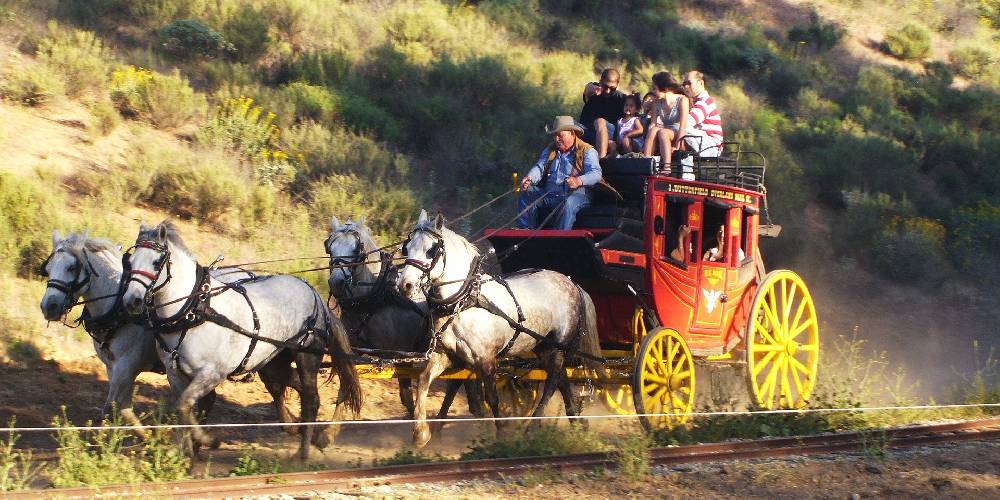How Far Can Horses Travel in a Day? Comprehensive Guidance for Safe and Effective Equine Journeys

Understanding How Far Horses Can Travel in a Day
Horses have long been valued for their ability to cover impressive distances, serving as essential partners in travel, work, and recreation. The question of how far a horse can travel in a day is not only of historical interest but also crucial for modern riders, trainers, and anyone planning equine-related journeys. While an average, healthy horse typically travels between 20 and 30 miles per day in normal conditions, this range can vary considerably depending on several key factors such as breed, fitness, terrain, weather, and the load carried [2] . Understanding these variables is vital for ensuring both the safety and well-being of your horse and the success of your journey.
Key Factors Influencing Daily Travel Distance
The maximum distance a horse can safely travel in a day is determined by numerous interrelated factors. Here is a detailed exploration of these influences:
1. Breed and Physical Conditioning
Different breeds have varying stamina and endurance levels. For example, Arabian horses are renowned for their resilience and often excel in endurance events, covering up to 100 miles in a day during competitive rides. In contrast, Quarter Horses and draft breeds are built for shorter bursts of speed or strength, with daily travel distances typically aligning with the lower end of the spectrum [2] . Physical conditioning also plays a critical role; horses that are regularly exercised and trained for distance will naturally be capable of traveling farther with less fatigue.
Practical Guidance: Before embarking on a long ride, assess your horse’s breed and current fitness level. For horses new to distance riding, gradually increase ride lengths over weeks or months to build stamina. Consult with an experienced equine trainer or veterinarian to develop a conditioning plan tailored to your horse’s needs.
2. Terrain and Environmental Conditions
Topography and weather conditions can dramatically affect how far a horse can travel. Horses cover more ground on flat, even trails, often reaching or exceeding the upper end of average distances. In contrast, rocky, sandy, or mountainous terrain slows progress and increases fatigue, sometimes reducing daily travel to as little as half the standard distance [1] . Weather extremes-such as heat, humidity, or rain-also impact stamina and hydration.
Implementation Tips: Plan routes that match your horse’s conditioning, and avoid challenging terrain if your horse is not specifically trained for it. Always check weather forecasts, and adjust your travel expectations accordingly. In hot climates, schedule rides for cooler parts of the day and bring extra water for both horse and rider.
3. Pace, Rest, and Rider Weight
The speed and frequency of breaks are crucial for safe long-distance travel. The most sustainable pace is a steady walk with occasional trotting. Horses need frequent rest periods for feeding, watering, and recovery. Carrying excessive weight (rider plus gear) reduces both speed and endurance, so minimizing load is essential [3] .
Step-by-Step Guidance:
- Plan to travel at a walk for most of the day, interspersed with short trotting intervals.
- Schedule rest breaks every hour for 10 to 15 minutes, with longer breaks for meals.
- Monitor your horse’s breathing, sweating, and alertness as signs of fatigue.
- Keep gear and supplies to a minimum to reduce the load on your horse.
Real-World Examples and Use Cases
Travel distances vary widely by riding purpose:
- Recreational Trail Rides: Most riders cover 15 to 25 miles per day, especially when riding over multiple days. This pace allows for plenty of rest and is suitable for horses of average fitness [4] .
- Endurance Racing: Trained endurance horses, particularly Arabians, may complete 50 to 100 miles in a single day-but only with rigorous conditioning, veterinary oversight, and carefully planned nutrition and hydration.
- Historical Use: Horses used for transportation, such as mail delivery or cavalry, would travel 25 to 35 miles per day. In systems like the Pony Express, riders switched to fresh mounts at intervals, allowing for much greater total distance per day [1] .
- Wild Horses: Feral horse herds may travel up to 20 miles per day in search of food and water, demonstrating the natural endurance of these animals [3] .
Planning Safe and Effective Long-Distance Horse Travel
To optimize your horse’s travel distance while ensuring their health and safety, follow these comprehensive steps:
- Assess Horse and Rider Readiness: Consult with professionals to evaluate fitness and plan appropriate conditioning. Make gradual increases in daily distance to build stamina.
- Map the Route: Choose terrain that matches your horse’s abilities. Avoid hazardous or overly challenging areas unless your horse is specifically trained for such conditions.
- Prepare Supplies: Pack lightweight gear, high-quality feed, and ample water. Plan for frequent stops at locations with shade and water access.
- Monitor Health: During the journey, watch for signs of fatigue, dehydration, or injury. If your horse shows signs of distress, reduce pace, increase rest, or halt travel entirely.
- Know Regulatory Requirements: For multi-day or cross-country trips, research local laws regarding equine movement. Some areas require health certificates, proof of vaccinations, or specific travel documentation. Contact local agricultural authorities or search for “state equine travel regulations” for up-to-date requirements.
Common Challenges and Solutions
Some common challenges include overestimating your horse’s endurance, underpreparing for environmental conditions, and failing to plan adequate rest. To address these:
- Challenge: Fatigue or injury from overexertion. Solution: Build up distance gradually. Always prioritize the well-being of the horse over travel goals.
- Challenge: Insufficient water or feed on the route. Solution: Scout your path in advance for natural water sources or arrange for support at rest stops.
- Challenge: Weather extremes reducing travel capacity. Solution: Travel during favorable weather, and be prepared to reschedule if conditions are unsafe.
Alternative Approaches to Maximizing Travel Distance
If your travel goals exceed what a single horse can safely achieve, consider the following alternatives:

Source: firstcry.com
- Relay Systems: For very long distances, use multiple horses, switching mounts regularly to allow each animal sufficient rest, as was historically done in courier systems.
- Vehicle Support: For treks through remote areas, arrange for vehicle support to carry extra supplies, reducing the weight on your horse.
- Professional Guidance: Engage with experienced endurance trainers or local equestrian associations for route planning and best practices.
How to Access More Information and Resources
For those seeking to plan long-distance horse travel or endurance rides, you can:
- Consult your local veterinarian for a pre-ride health assessment and advice on conditioning programs.
- Search for equine travel guides and endurance riding manuals at your local library, tack shop, or reputable equestrian websites.
- Join equestrian groups or forums to connect with experienced riders and trainers who can share advice and support.
- Contact your state or provincial agricultural department for official information on equine travel regulations, required documentation, and animal welfare standards.
If you are interested in competitive endurance riding, organizations such as the American Endurance Ride Conference (AERC) offer detailed guidelines, event calendars, and community support. Search for “AERC endurance riding” to find their official website and resources.
Key Takeaways
While the average horse can travel 20 to 30 miles per day, optimal distance depends on breed, condition, terrain, and proper planning. Always prioritize your horse’s health, build up stamina gradually, and prepare thoroughly for every journey. By following expert recommendations and using available resources, you can ensure safe, enjoyable, and successful long-distance rides for both horse and rider.

Source: test-wrkplan-marketing.com
References
- [1] Through Strange Lenses (2025). How Far Can a Horse Travel in a Day: 5 Factors to Know.
- [2] Equine Institute (2024). How Far Can a Horse Travel in a Day? Exploring Equine Endurance.
- [3] Parelli Savvy Station (2024). How Far Can a Horse Travel in a Day?
- [4] Huntley Equestrian (2024). How Far Can A Horse Travel In A Day?






